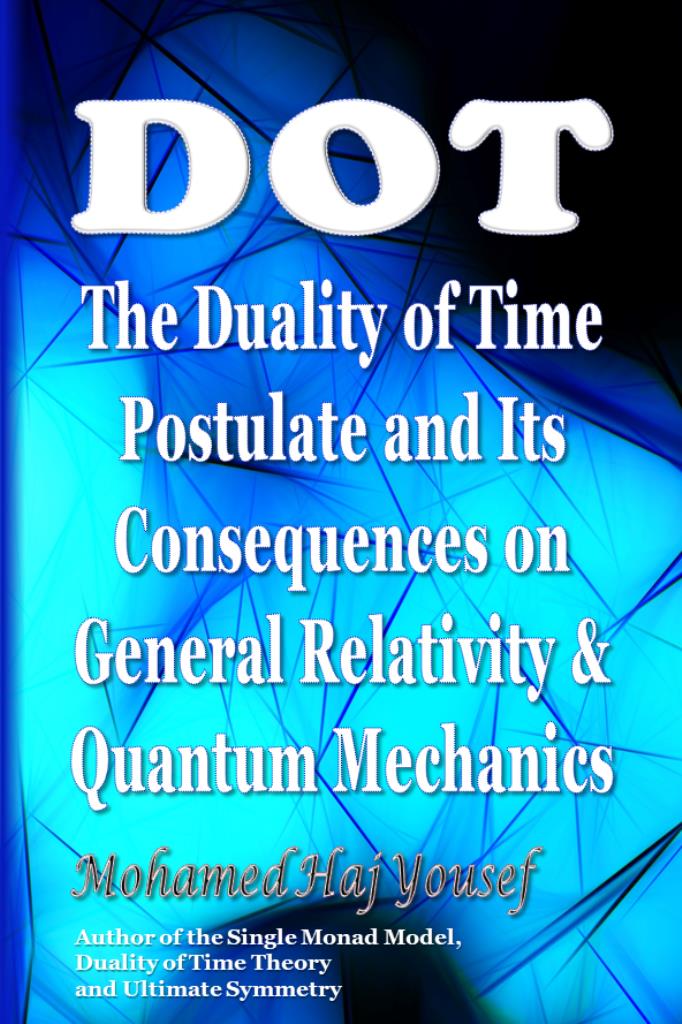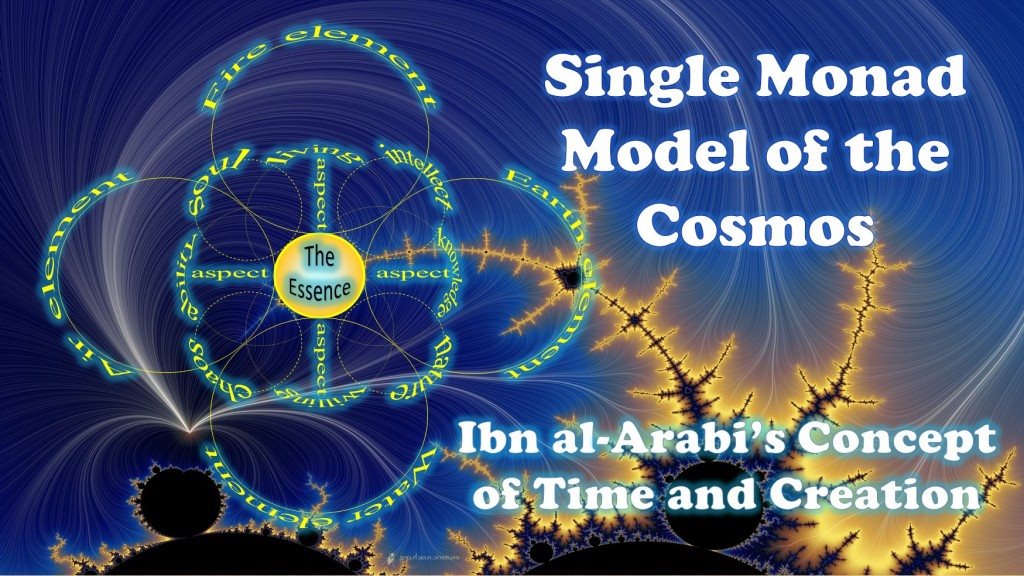IV.3 Complex-Time Geometry and the
Five Regular Polyhedra
In accordance with the four classical elements and their
Quintessence, there are exactly five geometric solids whose faces are regular
and identical polygons meeting at equal three-dimensional angles. These five
regular polyhedra are the only solid shapes with this sort of complete
symmetry. Many philosophers wondered why there cannot be more, or fewer, so
perfectly symmetrical shapes. They are usually called Platonic Solids, because
Plato composed a complete theory of the cosmos based on their definite shapes,
associating them with the four classical elements and the Quintessence. It is
worth mentioning here that, according to the genuinely-complex time-time
geometry, as we have introduced in section II.3.4 above, there are exactly five
fundamental interactions or fields: magnetic, strong, weak, electric and
gravity, corresponding to the dimensions: , , ,
and ,
respectively.
As summarized in table 4, the names of these polyhedra
reflect the number of faces that each one possesses, and these same names may
be also used to describe other three-dimensional solids that have the same
number of faces. At least some of these solids were known by Pythagoras, or
even before, but according to Euclid, the Octahedron and Icosahedron were first
discussed by the Theaetetus (c. 417 369 BC). Plato was greatly impressed by
these five definite shapes that constitute the only perfectly symmetrical
arrangements of a set of non-planar points in space, so he expounded a complete
theory of the cosmos based explicitly on these five solids. In his dialogue
Timaeus, he associated four of these polyhedrons with the four basic elements:
assigning the Tetrahedron to the element Fire, because of its sharp points and
edges, as shown in Figure IV.4, while the Cube corresponded to Earth because of
its four-square regularity, as shown in Figure IV.5, and the Octahedron to Air
since its minuscule components are so smooth that one can barely feel it, as
shown in Figure IV.6, and finally the Icosahedron, shown in Figure IV.7, to
Water that flows out of one s hand when picked up, as if it is made of tiny
little balls. The fifth solid, the Dodecahedron, as shown in Figure IV.8, with
its twelve pentagonal faces, was assigned to the Heavens with its twelve zodiac
constellations, since also it is so different from the other polyhedra, in
virtue of its pentagonal faces. Timaeus contains a very detailed discussion of
virtually all aspects of physical existence, including biology, cosmology,
geography, chemistry, physics, psychological perceptions, all expressed in
terms of these four basic elements and their transmutations from one into
another by means of the constituent triangles being broken apart and
re-assembled into other forms.
With these hypothetical relations, Plato developed a theory
of the Universe based on the five regular polyhedra, hence they became known as
the Platonic solids, though even this correspondence was defined earlier by the
philosopher Empedocles. Theaetetus gave a mathematical description of all five
and may have been responsible for the first known proof that no other convex
regular polyhedra exist.
After two millenniums, the astronomer Johannes Kepler
(1571 1630) resuscitated the idea of using the regular polyhedra to explain the
geometry of the Universe in his first model of the cosmos. He attempted to
explain the motion of the planets based on these solids, where he concluded
that the distances of the orbits, which he assumed were circular, were related
to the regular polyhedra in their proportions. In Mysterium Cosmographicum,
published in 1596, Kepler proposed a model of the Solar System in which the
five solids were set inside one another and separated by a series of inscribed
and circumscribed spheres. The solids were ordered with the innermost being the
Octahedron, followed by the Icosahedron, Dodecahedron, Tetrahedron, and finally
the cube, thereby dictating the structure of the solar system and the distance
relationships between the planets by the regular polyhedra. Later in his life,
after his friend the great astronomer Tycho Brahe bequeathed to him an enormous
collection of astronomical observations, Kepler finally reason to the
conclusion that this model of planetary motion was mistaken, and that in fact
planets moved around the sun in ellipses, not circles.
A regular polygon is one for which all the edges are the
same length, and all the angles between the edges are also the same. Only
triangles, squares and pentagons can contribute to make a regular polyhedra,
because the angles of all other polygons are too large to make solids without
leaving out some extra space that cannot be filled by the the same polygon.
With an hexagon, for example, we can have either two sides meeting at each
vertex, or three. In the first case we cannot form a regular solid, and in the
second case we will get an infinite tiling of the plane. Any regular polygon
with more than six sides will not work either, since the only way we can
combine them is to have two meeting per vertex, because three would overlap
even on a plane.
In contrast, with pentagons, we can have three of them
meeting per vertex, without any extra space. This is also the case with
squares, since we can also have only three of them meeting per vertex, while
four squares will produce an infinite tiling of the plane. In the case of
triangles, we have three possibilities, since we can have either three, four or
five triangles meeting per vertex. If we try to fit six of them, we would give
an infinite tiling of the plane.


















